APS 2013 Annual Report Download - page 15
Download and view the complete annual report
Please find page 15 of the 2013 APS annual report below. You can navigate through the pages in the report by either clicking on the pages listed below, or by using the keyword search tool below to find specific information within the annual report.-
 1
1 -
 2
2 -
 3
3 -
 4
4 -
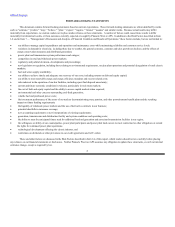 5
5 -
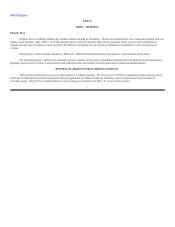 6
6 -
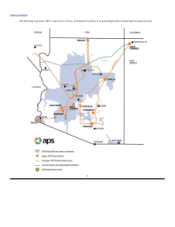 7
7 -
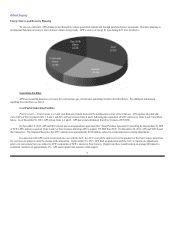 8
8 -
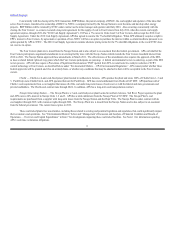 9
9 -
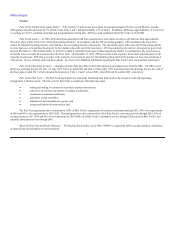 10
10 -
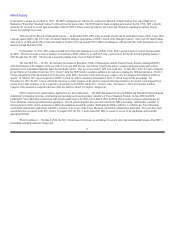 11
11 -
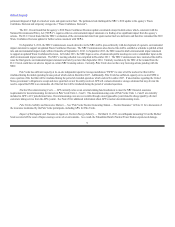 12
12 -
 13
13 -
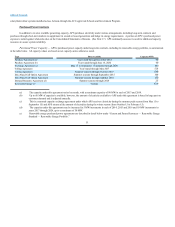 14
14 -
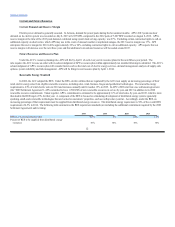 15
15 -
 16
16 -
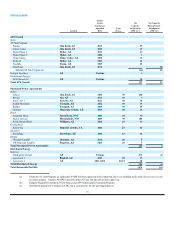 17
17 -
 18
18 -
 19
19 -
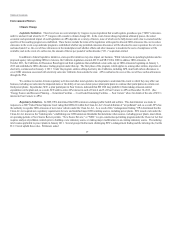 20
20 -
 21
21 -
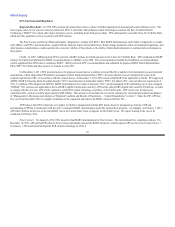 22
22 -
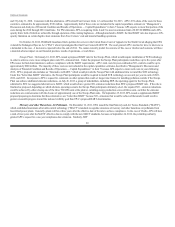 23
23 -
 24
24 -
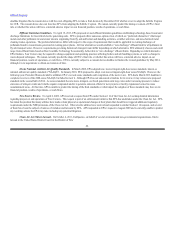 25
25 -
 26
26 -
 27
27 -
 28
28 -
 29
29 -
 30
30 -
 31
31 -
 32
32 -
 33
33 -
 34
34 -
 35
35 -
 36
36 -
 37
37 -
 38
38 -
 39
39 -
 40
40 -
 41
41 -
 42
42 -
 43
43 -
 44
44 -
 45
45 -
 46
46 -
 47
47 -
 48
48 -
 49
49 -
 50
50 -
 51
51 -
 52
52 -
 53
53 -
 54
54 -
 55
55 -
 56
56 -
 57
57 -
 58
58 -
 59
59 -
 60
60 -
 61
61 -
 62
62 -
 63
63 -
 64
64 -
 65
65 -
 66
66 -
 67
67 -
 68
68 -
 69
69 -
 70
70 -
 71
71 -
 72
72 -
 73
73 -
 74
74 -
 75
75 -
 76
76 -
 77
77 -
 78
78 -
 79
79 -
 80
80 -
 81
81 -
 82
82 -
 83
83 -
 84
84 -
 85
85 -
 86
86 -
 87
87 -
 88
88 -
 89
89 -
 90
90 -
 91
91 -
 92
92 -
 93
93 -
 94
94 -
 95
95 -
 96
96 -
 97
97 -
 98
98 -
 99
99 -
 100
100 -
 101
101 -
 102
102 -
 103
103 -
 104
104 -
 105
105 -
 106
106 -
 107
107 -
 108
108 -
 109
109 -
 110
110 -
 111
111 -
 112
112 -
 113
113 -
 114
114 -
 115
115 -
 116
116 -
 117
117 -
 118
118 -
 119
119 -
 120
120 -
 121
121 -
 122
122 -
 123
123 -
 124
124 -
 125
125 -
 126
126 -
 127
127 -
 128
128 -
 129
129 -
 130
130 -
 131
131 -
 132
132 -
 133
133 -
 134
134 -
 135
135 -
 136
136 -
 137
137 -
 138
138 -
 139
139 -
 140
140 -
 141
141 -
 142
142 -
 143
143 -
 144
144 -
 145
145 -
 146
146 -
 147
147 -
 148
148 -
 149
149 -
 150
150 -
 151
151 -
 152
152 -
 153
153 -
 154
154 -
 155
155 -
 156
156 -
 157
157 -
 158
158 -
 159
159 -
 160
160 -
 161
161 -
 162
162 -
 163
163 -
 164
164 -
 165
165 -
 166
166 -
 167
167 -
 168
168 -
 169
169 -
 170
170 -
 171
171 -
 172
172 -
 173
173 -
 174
174 -
 175
175 -
 176
176 -
 177
177 -
 178
178 -
 179
179 -
 180
180 -
 181
181 -
 182
182 -
 183
183 -
 184
184 -
 185
185 -
 186
186 -
 187
187 -
 188
188 -
 189
189 -
 190
190 -
 191
191 -
 192
192 -
 193
193 -
 194
194 -
 195
195 -
 196
196 -
 197
197 -
 198
198 -
 199
199 -
 200
200 -
 201
201 -
 202
202 -
 203
203 -
 204
204 -
 205
205 -
 206
206 -
 207
207 -
 208
208 -
 209
209 -
 210
210 -
 211
211 -
 212
212 -
 213
213 -
 214
214 -
 215
215 -
 216
216 -
 217
217 -
 218
218 -
 219
219 -
 220
220 -
 221
221 -
 222
222 -
 223
223 -
 224
224 -
 225
225 -
 226
226 -
 227
227 -
 228
228 -
 229
229 -
 230
230 -
 231
231 -
 232
232 -
 233
233 -
 234
234 -
 235
235 -
 236
236 -
 237
237 -
 238
238 -
 239
239 -
 240
240 -
 241
241 -
 242
242 -
 243
243 -
 244
244 -
 245
245 -
 246
246 -
 247
247 -
 248
248 -
 249
249 -
 250
250 -
 251
251 -
 252
252 -
 253
253 -
 254
254 -
 255
255 -
 256
256 -
 257
257 -
 258
258 -
 259
259 -
 260
260 -
 261
261 -
 262
262 -
 263
263 -
 264
264 -
 265
265 -
 266
266
 |
 |

Table of Contents
Current and Future Resources
Current Demand and Reserve Margin
Electric power demand is generally seasonal. In Arizona, demand for power peaks during the hot summer months. APS’s 2013 peak one-hour
demand on its electric system was recorded on July 8, 2013 at 6,927 MW, compared to the 2012 peak of 7,207 MW recorded on August 8, 2012. APS’s
reserve margin at the time of the 2013 peak demand, calculated using system load serving capacity, was 27%. Excluding certain contractual rights to call on
additional capacity on short notice, which APS may use in the event of unusual weather or unplanned outages, the 2013 reserve margin was 17%. APS
anticipates the reserve margin for 2014 will be approximately 34% or 24% excluding contractual rights to call on additional capacity. APS expects that our
reserve margins will decrease over the next three years and that additional conventional resources will be needed around 2017.
Future Resources and Resource Plan
Under the ACC’s resource planning rule, APS will file by April 1 of each even year its resource plans for the next fifteen-year period. The
rule requires the ACC to issue an order with its acknowledgment of APS’s resource plan within approximately ten months following its submittal. The ACC’s
acknowledgment of APS’s resource plan will consider factors such as the total cost of electric energy services, demand management, analysis of supply-side
options, system reliability and risk management. APS will be filing its next resource plan by April 1, 2014.
Renewable Energy Standard
In 2006, the ACC adopted the RES. Under the RES, electric utilities that are regulated by the ACC must supply an increasing percentage of their
retail electric energy sales from eligible renewable resources, including solar, wind, biomass, biogas and geothermal technologies. The renewable energy
requirement is 4.5% of retail electric sales in 2014 and increases annually until it reaches 15% in 2025. In APS’s 2009 retail rate case settlement agreement
(the “2009 Settlement Agreement”), APS committed to have 1,700 GWh of new renewable resources in service by year-end 2015 in addition to its 2008
renewable resource commitments. Taken together, APS’s commitment is estimated to be approximately 12% of retail sales, by year-end 2015, which is more
than double the RES target of 5% for that year. A component of the RES is focused on stimulating development of distributed energy systems (generally
speaking, small-scale renewable technologies that are located on customers’ properties, such as rooftop solar systems). Accordingly, under the RES, an
increasing percentage of that requirement must be supplied from distributed energy resources. This distributed energy requirement is 30% of the overall RES
requirement of 4.5% in 2014. The following table summarizes the RES requirement standard (not including the additional commitment required by the 2009
Settlement Agreement) and its timing:
2014 2015 2020 2025
RES as a % of retail electric sales 4.5%5%10%15%
Percent of RES to be supplied from distributed energy
resources 30%30%30%30%
12
